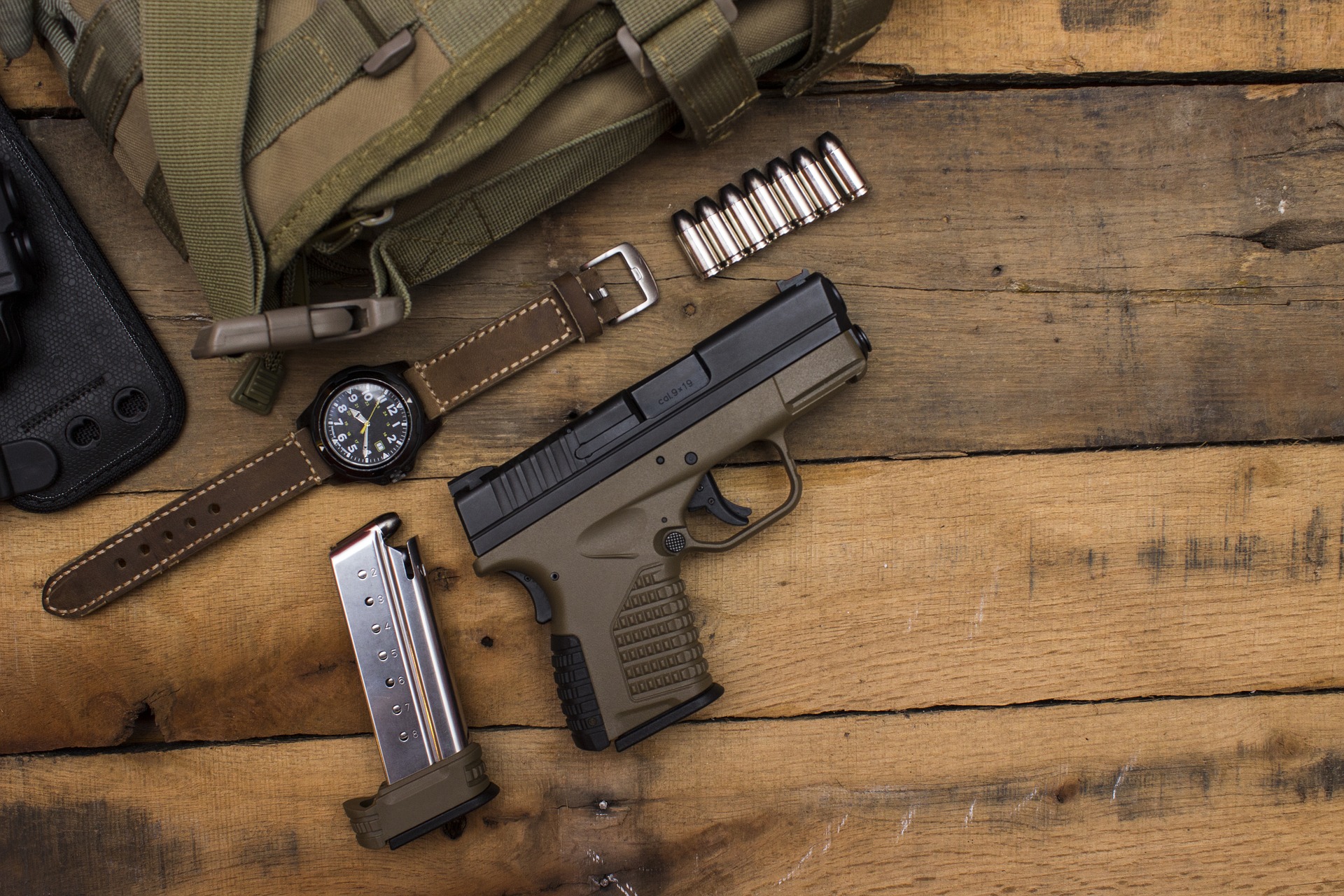Firearms Function
This discipline involves the action and interaction of each and every part, both moving and stationary, within the firearm. Most hobbyists are limited to a familiarity with the difference between a bolt action and a lever action. However, in reality, the subject of firearms function is far more involved. It also includes the manufacturing tolerances of each part and how that affects the function. Since function of a firearm is post-manufacture activity, this also involves how a particular firearm functioned, or failed to function, in any given incident.
These skills are particularly important in cases wherein after-market work may have been done on a firearm. This proved of particular value in the Fred Paez case.
Firearms Design
This discipline covers the basic design features such as the trade-off between short recoil operation and gas operation of a semi-automatic firearm. Beyond that, this discipline includes all features of design and how that all adds up to a safely functioning firearm. It even includes such uncommonly understood, but vitally important features as a two piece firing pin. Or how a bolt notch above a two-stage trigger, serves double duty as a disconnector safety.
This issue of firearms design also includes the many safeties designed into a firearm; such as the positive safety, the trigger safety, the grip safety, the disconnector safety and many others. This category also includes proper machining techniques as called out in the manufacturing drawings, proper metallurgy, and all else in the design; as the engineer prepares and calls out the manufacturing drawings. LTC Alphin’s skills in firearms design was of particular use in the designer’s failure to ensure proper barrel steel in the Gellatly case. And the designer’s failure to have a firing pin retention device (ensuring that the firing pin cannot be blown out of the weapon) in the Mason case. These failures cost Mr. Gellatly his right hand and cost Mr. Mason his right eye. LTC Alphin was not only able to help get cash justice for these two men but also to force change which has avoided similar injuries for other people.
Firearms Manufacture
The firearms manufacture discipline addresses how each part of the firearm is manufactured after it is designed. It includes the starting point for each part, such as a billet or a forging; and then the fixturing, workholding, and tooling in order to make each cut which leads to a finished part. Also included are the abrasive operations which clean up the part and the quality control operations to determine if the parts are usable. Lastly, this includes the final assembly, quality control and proofing operations done before the firearm is placed in the stream of commerce.
As a firearms designer and manufacturer, LTC Alphin created the not only the A-Square Hannibal Model rifle, but also the machinery, fixtures and procedures to manufacture it. This expertise has come in handy in many cases. Not only the Holmes case cited above but in cases such as Jenkins. In this case, the prosecution so feared the testimony of LTC Alphin that they stipulated an agreement where they would not present firearms and ammunition “evidence” if the defense did not put him on the stand. The trial went on and Mr. Jenkins was found Not Guilty.
Metallurgy of Firearms
This area of endeavor addresses the exact metallurgical composition of each and every part of the firearm. Parts may be optimized for their function by changing the alloy and hardness. This further branches out into the use of polymers and other man made materials for use in firearms.
As an expert in this area, LTC Alphin submitted change improvements in the M-85 caliber .50 machine gun mounted in the M-60 family of tanks. Specifically, there is a part in the gun called the “Jesus” pin because “…if this thing breaks, by Jesus, this gun won’t work…”. LTC Alphin’s recommendation went to a different alloy and double heat treatment process which retained the strength of the pin but led to greatly decreased breakage.
Training for use of Firearms and Ammunition
Firearms and ammunition training includes not only methods of instruction but also imparting to the user/shooter enough information to enable safe use of the firearm. This leads to advanced training of the shooter such he can extract the maximum capabilities in terms of range, volume of fire, and terminal effect. Included within this is training for specific disciplines, such as skeet shooting at the Olympics, but also for correct reaction in a crisis situation.
Training includes not only the use of the firearm, but also the training to keep a weapons system in proper condition to safely fulfill its role. LTC Alphin’s skill as a Firearms and Ammunition Training Expert came into play as part of the 4 Sailors case. This skill also contributed to major changes concerning the 105mm L/52, M-68 gun mounted on the M-60 family of tanks (see below).
Capabilities of Firearms and Ammunition
This extends exterior and terminal ballistics into the field of what the firearm and ammunition can actually do. This is necessary not only for training but also for improvement in firearms and unit organization, for shooting incident scene reconstruction and for explaining scenes to a jury. This area of expertise had application in the evaluation of the Dean case, and the Ragland case.
As an expert in this area, LTC Alphin got an interesting compliment. Alphin created procedures and crew training which tripled the effective usable range of the 105mm tank gun on the M-60 tank (we cannot discuss specifics other than this became common in US tank divisions stationed in Germany, facing the Soviets). Later, LTC Alphin was the Chief of the Armor Test Division of the Armor Engineer Board. At a classified briefing, a briefer mentioned putting a face to Alphin’s name. When queried, the briefer replied “We see your name a lot. The guys on the other side know who you are.”


